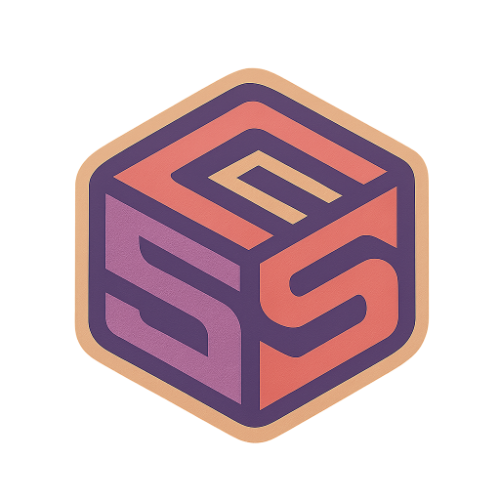How a Simple AI-Powered Launch System for Creators Built a $40K/Month Solo SaaS
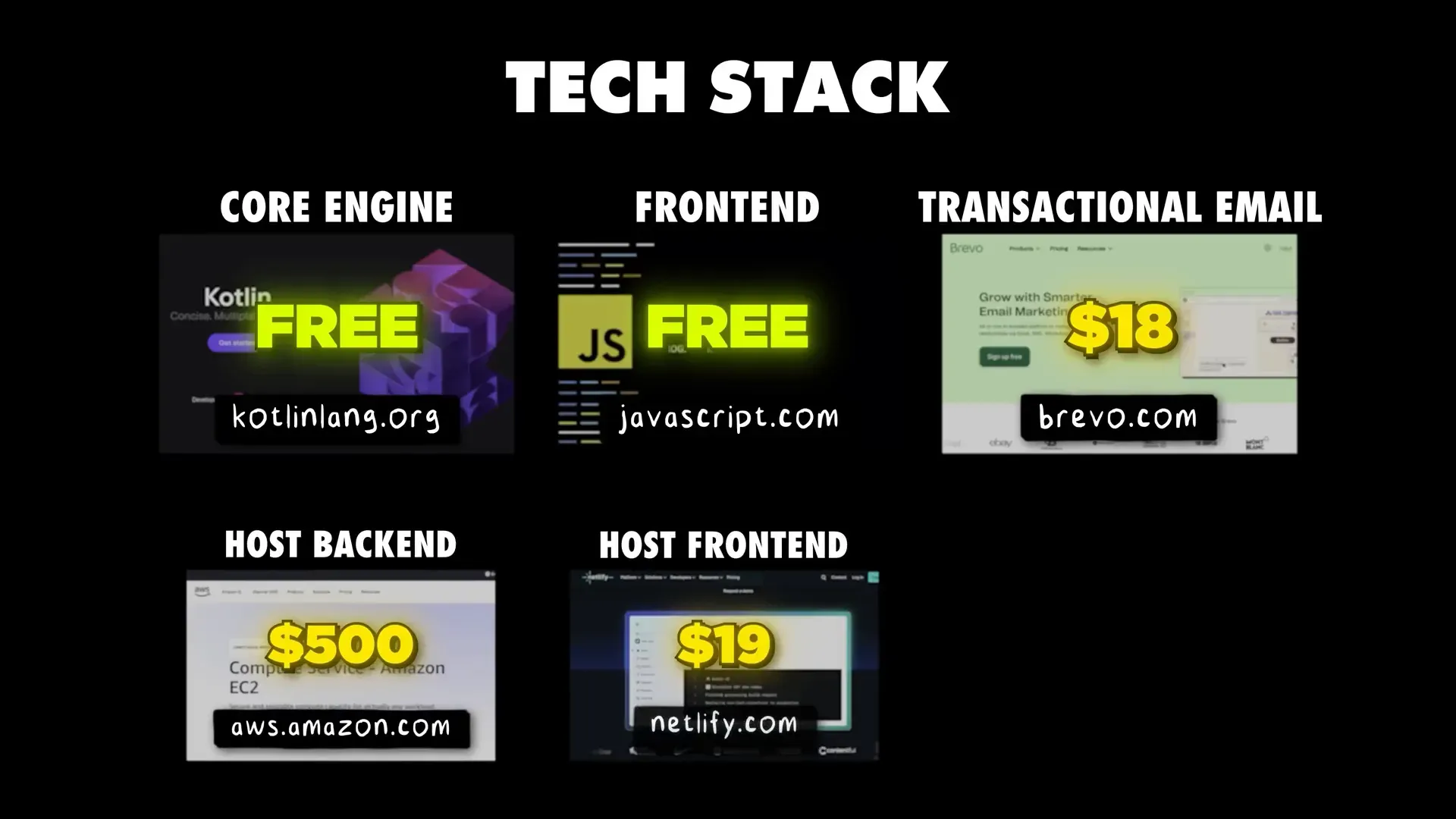
If you’ve ever felt stuck trying to find that “big idea” or got tangled up with complicated marketing strategies and bloated tech stacks, this story might be exactly what you need. Angus Chang, a solopreneur from Hong Kong, built a website that does one simple thing—and it now pulls in $40,000 a month. No team, no investors, no fluff. Just a lean, focused product solving a real problem, powered by a smart AI-powered launch system for creators mindset.
This is the kind of business that doesn’t make headlines for raising millions, but quietly changes lives and bank accounts. Here’s how Angus did it, what he learned along the way, and how you can borrow his blueprint to build something that actually works.
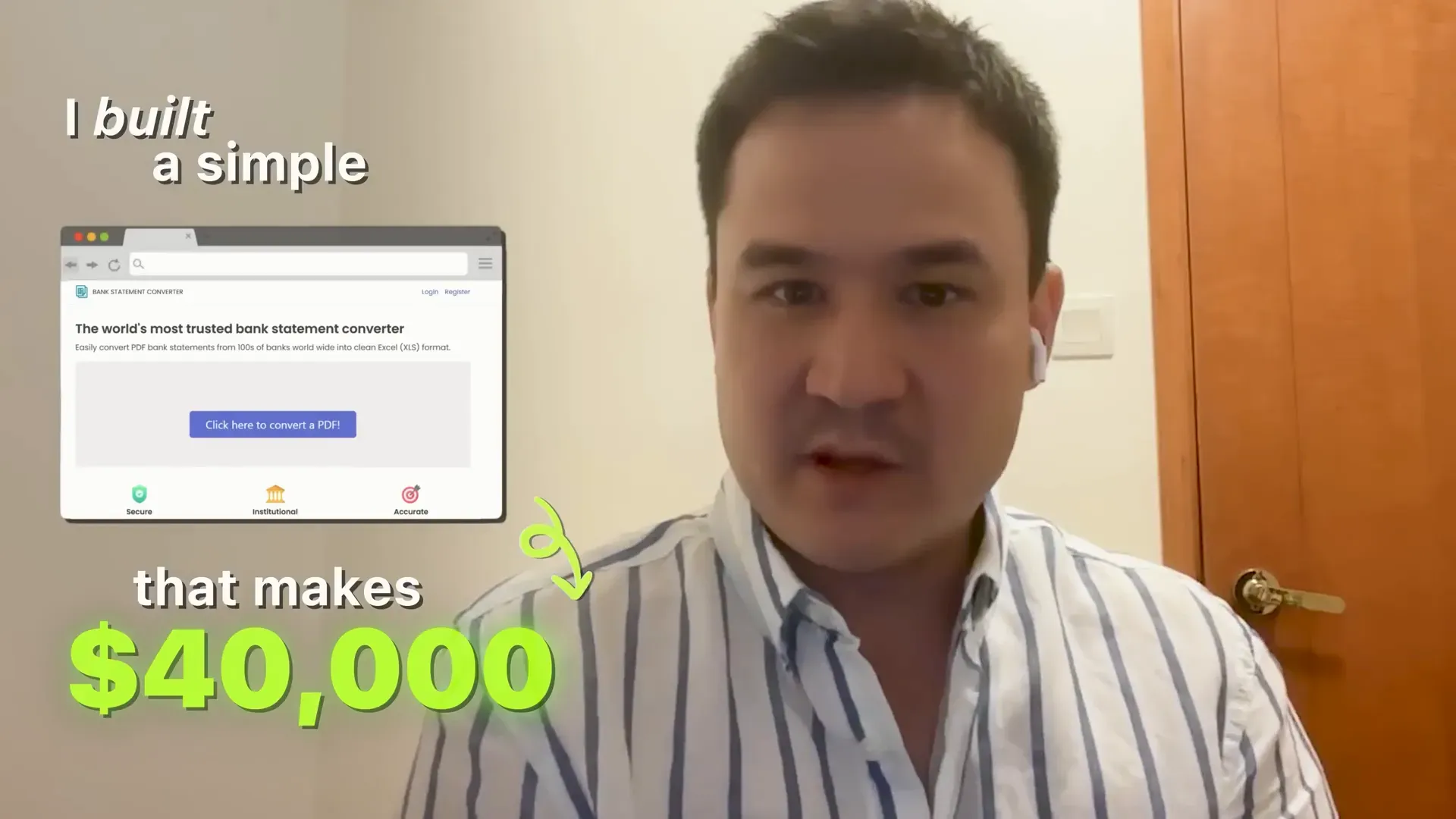
🤔 Finding the Tiny Problem That Matters
Angus didn’t start out trying to build a million-dollar business. He had just quit his job and was tinkering around with product ideas. What stuck was painfully simple: he wanted to know how long his savings would last given his spending habits. The catch? His bank statements were only available as PDFs—not exactly spreadsheet-friendly.
So he wrote a little code to extract transaction data from those PDFs into Excel. It was harder than expected, which told him he wasn’t the only one with this problem. This “silly” pain point turned out to be the seed of Bank Statement Converter, a tool that does just one thing—convert bank statements into usable data.
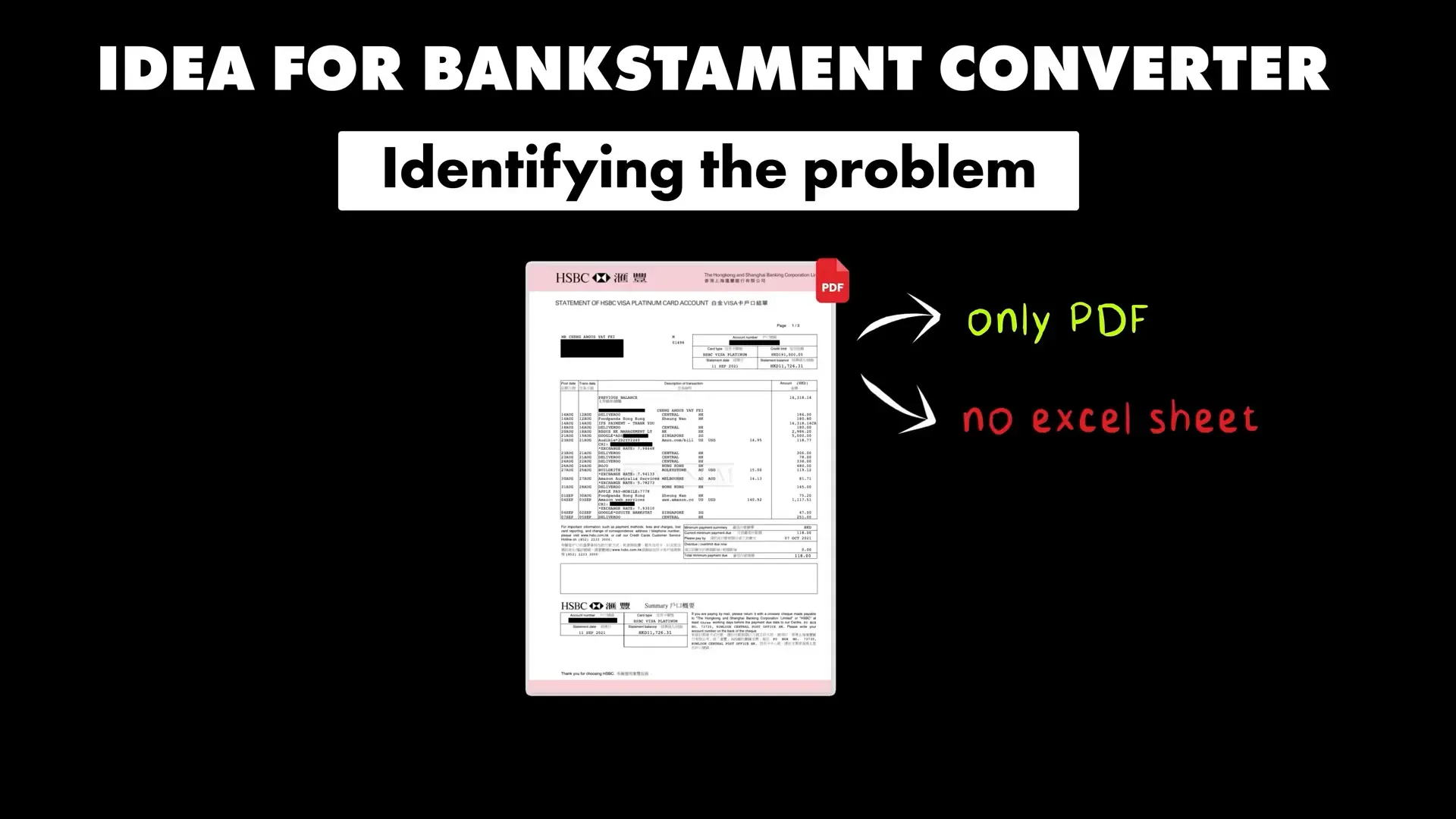
🚀 From Idea to MVP in a Week
Angus didn’t waste time debating or over-engineering. He and a friend built a minimum viable product (MVP) in about a week. They bought a domain, launched the site, and bought some Google Ads to get initial users. The moment people started uploading their statements, Angus knew he was onto something real.
His advice for finding ideas is straightforward:
- Look for pain points you personally experience.
- Listen to colleagues or friends complain about issues.
- Keep it small — build the tiniest version possible and get it out fast.
Validation doesn’t need to be complex. If your MVP takes one or two weeks, just build it and see if people use it. The risk is low, and the feedback is pure gold.
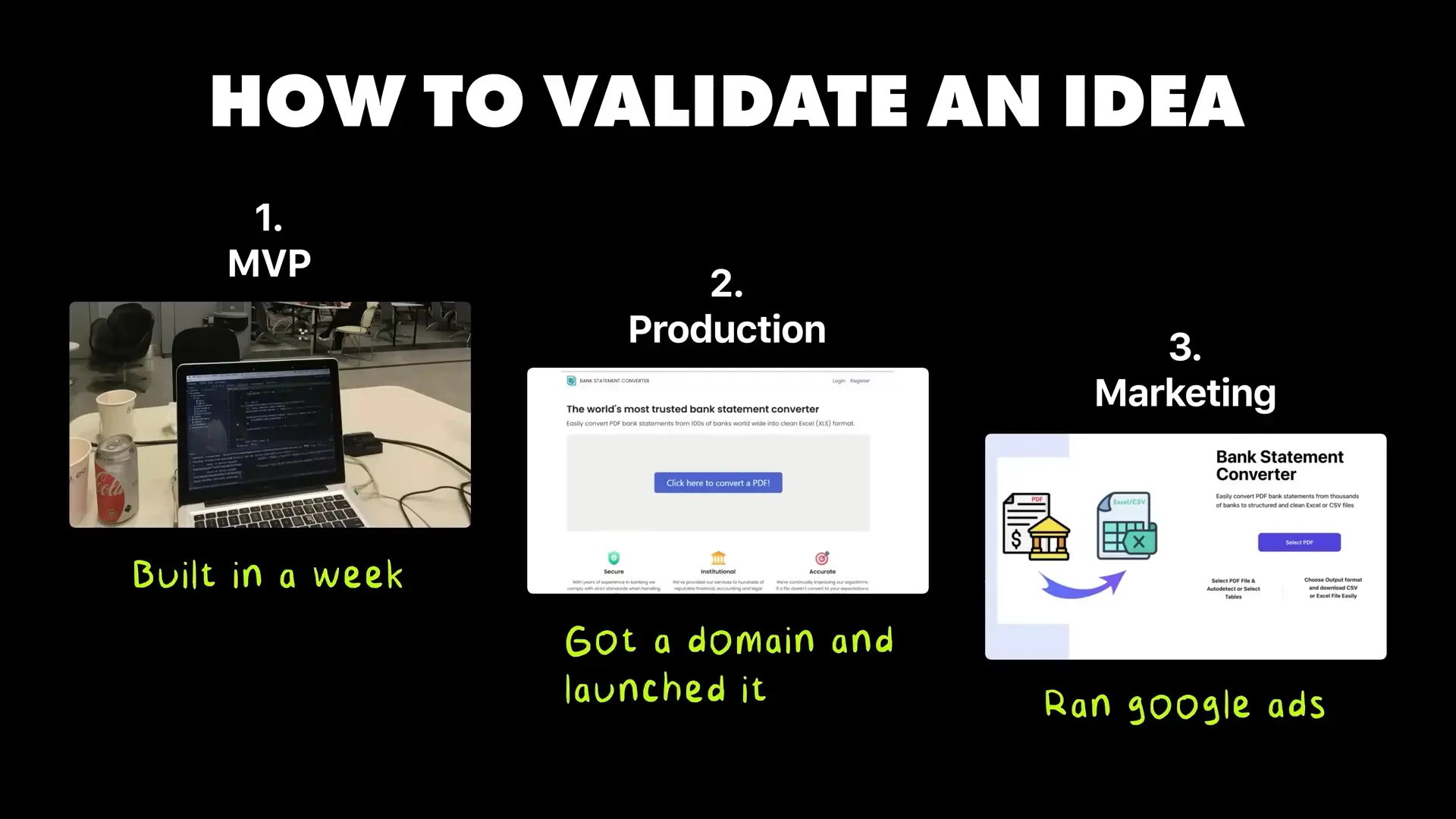
🛠️ The Tech Stack That Keeps It Lean
Angus’ background as a developer shines here. The core engine is written in Kotlin, a JVM language he used to parse bank statements. The front end is built with Next.js, hosted on Netlify, while the backend runs on AWS EC2. He uses Bravo for transactional emails and Stripe for payment processing.
That’s it. No fancy bells and whistles, no unnecessary overhead. The entire system runs lean, which means Angus keeps about $39,000 of that $40,000 in monthly revenue as profit.

📈 Growing from Zero to $40K MRR—Slow and Steady
Bank Statement Converter launched in 2021, hitting $6,000 MRR in 2022, $14,000 in 2023, then $27,000 early 2024, and finally $40,000 a month today. The total users number around 75,000, with roughly 1,000 paying customers and about 40,000 monthly visitors.
The growth wasn’t overnight or fueled by viral marketing. Angus tried Google Ads but found them unprofitable—spending $1,000 to earn $300. Blogging and building in public got attention but didn’t convert users since his audience wasn’t hanging out on Twitter or blogs.
Cold emails? One sale in three months and a bunch of angry replies. After six months, Angus cut ads and focused on product improvements based on real user feedback. That’s when organic signups started trickling in—two or three a day—and growth took off.
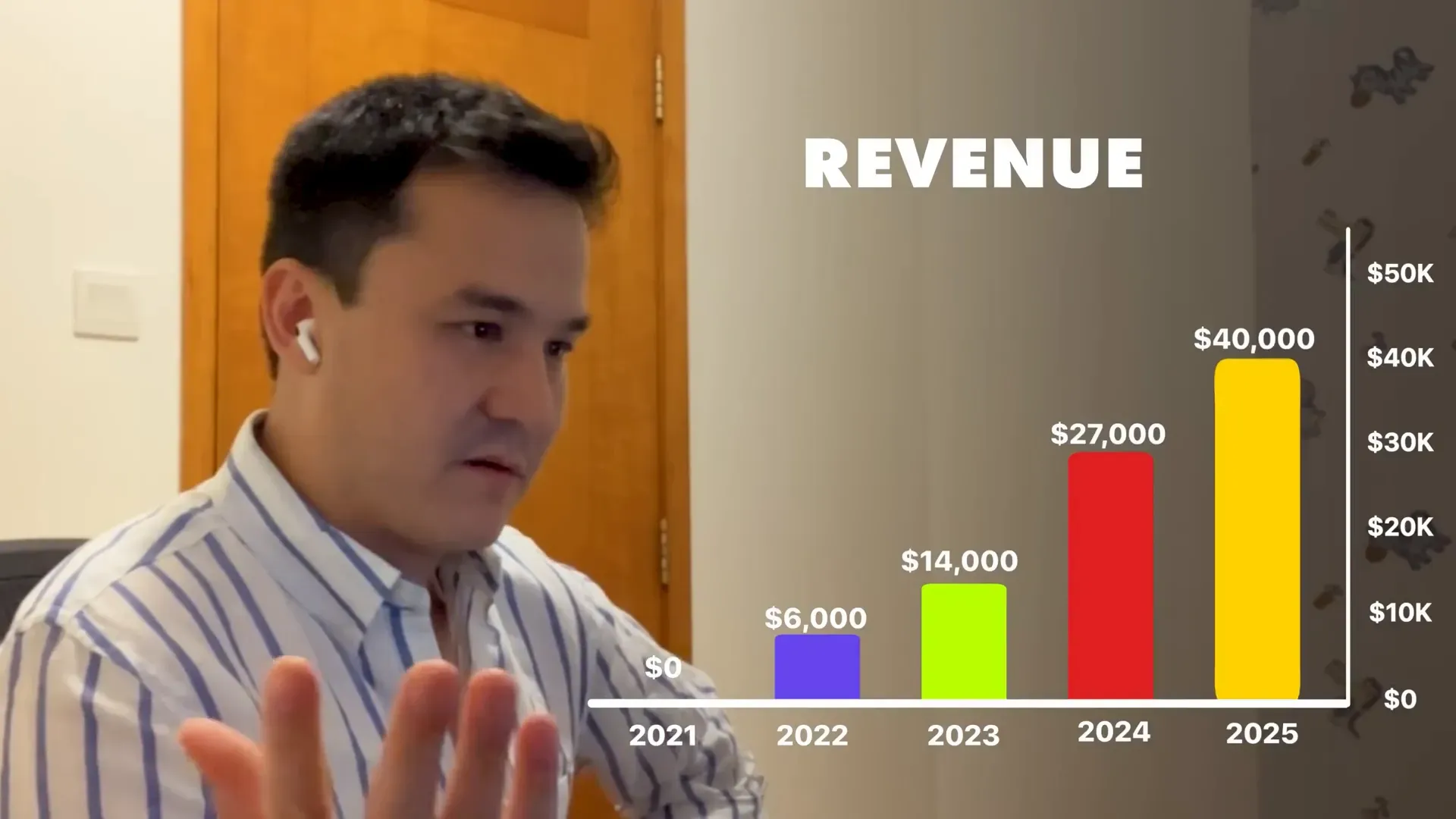
📢 Why Marketing Isn’t Always the Answer
This part is important. Angus learned the hard way that throwing money at ads or trying to build a social media following doesn’t guarantee customers. His users simply didn’t hang out on the usual marketing channels.
Instead, he focused on the product itself—fixing bugs, listening to complaints, and delivering what customers actually wanted. Real users, real feedback, real improvements. This lean approach to marketing is a reminder that sometimes the best growth strategy is to build something people need and make it better every day.
👨💻 The Solopreneur Life: Pros, Cons, and Real Talk
Angus runs this entire show solo. He started with a friend who left after a few weeks, so he’s handling development, support, sales, and marketing on his own. The transition from a 9-to-5 developer to solopreneur wasn’t sugar-coated:
- Pros: Freedom to set his own schedule (hiking in the morning beats rush hour), less pressure from investors, and the ability to serve a smaller market that VCs wouldn’t touch.
- Cons: Isolation, especially early on when revenue was low and social life shrank to nearly zero. Friends didn’t get it, and some even dismissed the business as “crappy” before it proved otherwise.
For Angus, solopreneurship means slower, steadier growth and a business size that fits his lifestyle rather than chasing unicorn status. And that’s enough.
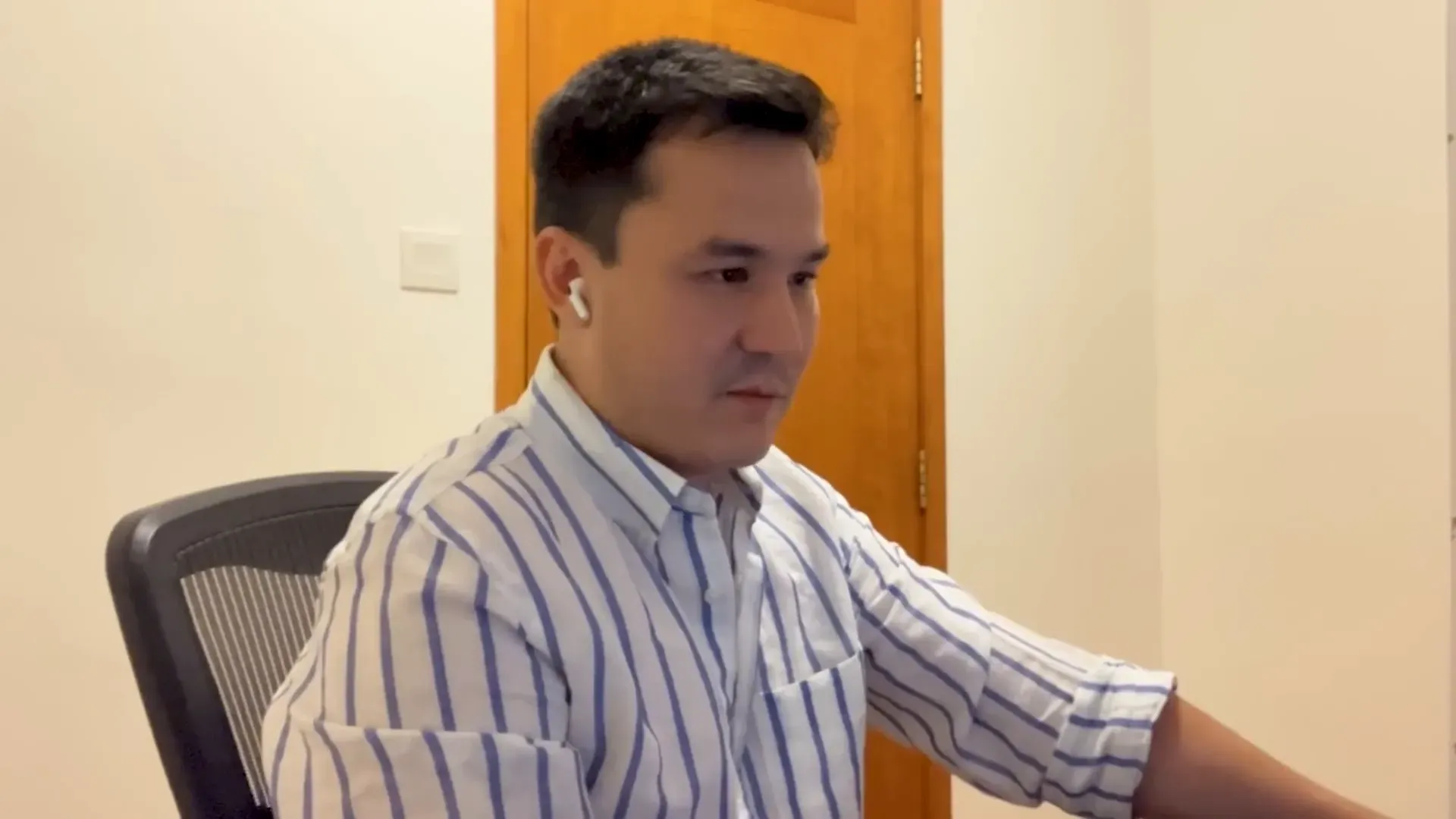
🧠 Lessons Learned: The Long Game of SaaS
Those first two years were brutal—hard work, minimal income, and responding to customer emails at 3 AM. But Angus views this period as an investment in his future self. The payoff? Starting around year four, the revenue started reflecting all the sweat equity.
His biggest advice for anyone starting a SaaS:
- Save enough cash to survive multiple years without income.
- Ignore the pressure to build a social media following before you have a solid product.
- Focus obsessively on your product and real users.
Building a following is hard work, and even if you have it, it won’t save a bad product. So skip the noise, build something that works, and real users will find you.
🎯 The Blueprint for Your Own AI-Powered Launch System for Creators
Here’s the takeaway: Angus’ story is a masterclass in minimalism, focus, and patience. It’s about finding a tiny but real problem, building the absolute simplest solution, and tuning in to what real users want rather than chasing hype or vanity metrics.
If you want to build your own AI-powered launch system for creators, start by:
- Identifying a pain point you or someone close to you faces regularly.
- Building a lean MVP in one or two weeks—don’t overthink it.
- Putting it in front of real users ASAP, ignoring friends and family feedback.
- Using real user data and complaints to improve the product relentlessly.
- Cutting marketing noise—focus on organic growth and product-market fit.
- Being prepared for a long haul; save money and don’t expect instant success.
This is a system that respects your sanity, your time, and your wallet. It’s not glamorous, but it works.
🔧 Bonus: Why Brex is a Startup’s Best Banking Friend
Once your business starts making money, don’t let your bank slow you down. Angus recommends using modern finance platforms like Brex, which offer features tailored for solo founders and SaaS businesses:
- Up to 20x higher card limits
- High-yield cash accounts
- Automated expense and invoice management
- Instant money movement
Most traditional banks feel stuck in 2004, but platforms like Brex are built to scale with scrappy startups and solo builders. If you want to protect your cash and extend your runway without wasting time, this is a no-brainer.
Pro tip: Download their free startup banking guide to upgrade your finance stack efficiently.
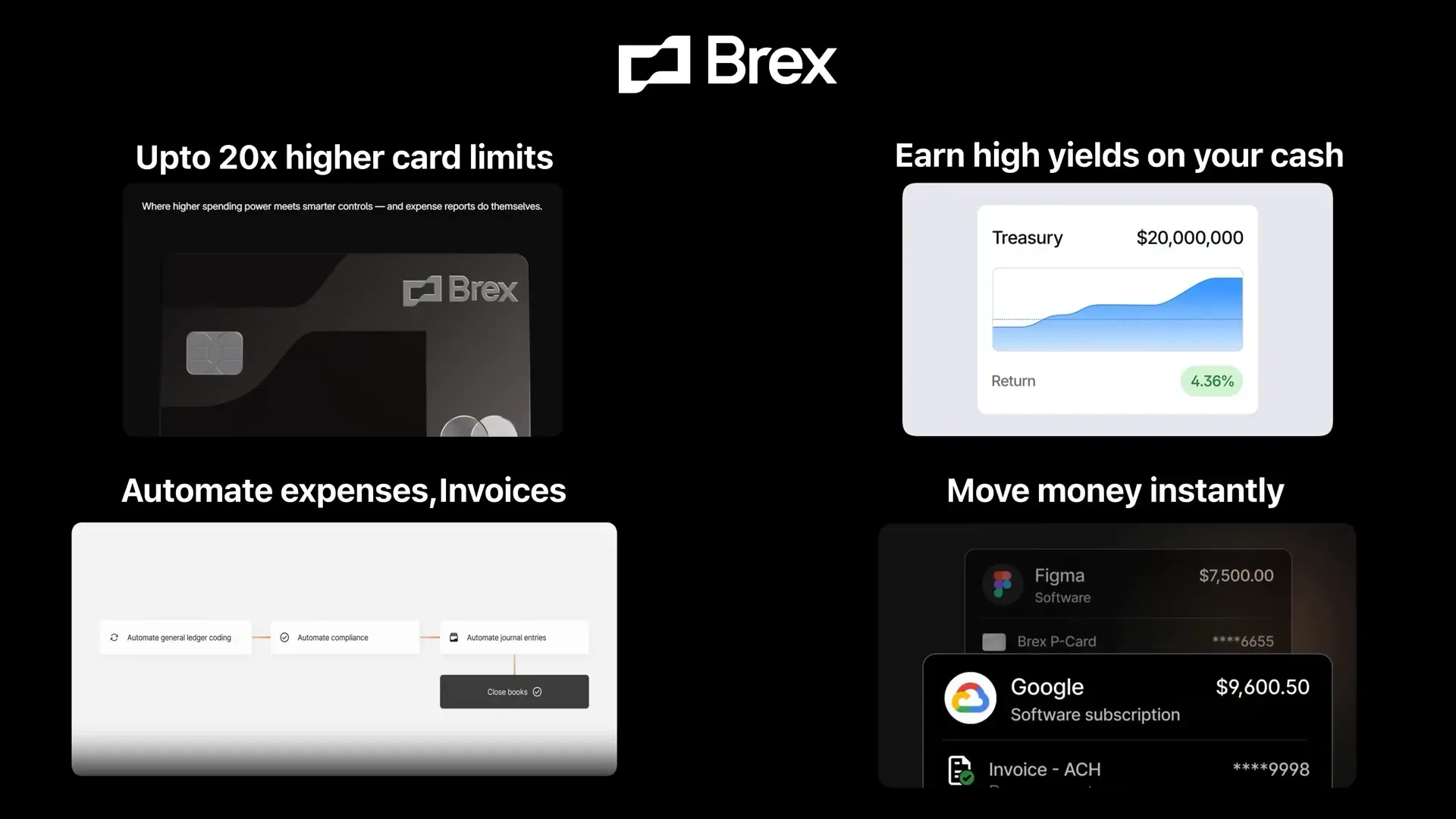
Final Word
Angus Chang didn’t build a flashy startup with a million-dollar valuation. He built a simple, focused app that solves a real problem for thousands of users—and turned it into a $40K/month business running on his own terms. No hype, no shortcuts, just quiet, effective building.
If you’re tired of chasing trends and want a blueprint for a lean, AI-powered launch system for creators, take a page from Angus’ playbook: find your tiny problem, build the smallest solution, learn from real users, and keep grinding. Your future self will thank you.
